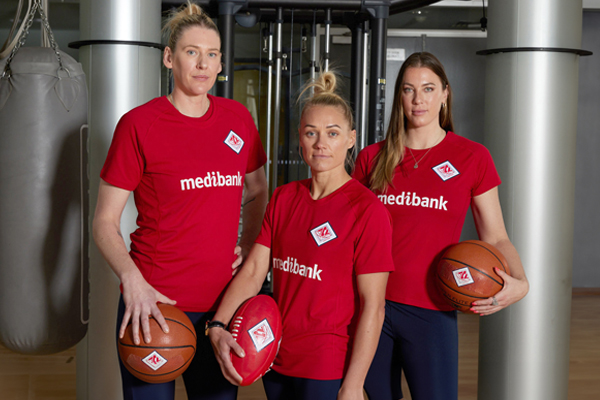-
Football boots have evolved as much as the style of the game itself. Keeping pace with changes in technology, performance and fashion, they’ve come a long way since the steel capped version worn in the late 19th century.
As the football season kicks in, let’s take a moment to reflect on their journey.
1800s
In the late 1800s footy boots began to emerge in Britain. They had long laces and ankle supports with large metal studs attached to the toe. Made of heavy leather and weighing over 500 g, when wet they could become around 1 kg in weight.
1954
The innovation of the removable stud was the work of Adolf Dassler and his brother Rudolf in 1954. Improving speed, agility and comfort, it also allowed players to choose studs based on the conditions they were playing in.
1950s
The 1950s saw the introduction of kangaroo leather on the uppers of boots. Durable and soft, k-leather still adorns boots today.
1960s
The big shift from ankle boots to a lower cut boot took place in the ‘60s, increasing speed and movement.
1970s
The 1970s saw the emergence of two iconic boots, the PUMA King and the Adidas Copa Mundial. Both styles are still being manufactured today.
1980s
During the 1980s, Australian Craig Johnston, a former player with Middlesborough and Liverpool, developed what has become the biggest selling football boot of all time, the Adidas Predator (launched in 1994).
1990s
Nike began making a big push into the footy boot market in the ‘90s with the lightest boot on record to date. The Nike Mercurial weighed less than 200g, achieved by the use of synthetic leathers.
Late 1990s
The late 1990s saw the introduction of blade soles to replace studs, with the insight they improved traction and comfort.
2000s
The progress of laser technology in the 2000s allowed for boots to be fully customised for the player.
Today
Most recently, we have increasingly seen technology come into both the game and its footwear. The new Adidas f50 includes a microchip in the boot, tracking speed and distance covered to monitor and review performance.
Evolution of the football boot

-
Everything you need to know about parkrun
Been wondering what a parkrun looks like? Where do you go? What do you do? How do you sign up? Find out here.
-
Five ways to exercise when on a budget
You don’t need to spend money on gym memberships just to meet your fitness goals. Here are five free ways to stay healthy and active when you’re living on a budget.
-
How parkrun changed my life
Christie Farrow went from being an exercise-phobe to a true blue runner with parkrun.
-
Australia's top female athletes unite on ACL injury
Some of Australia's most talented athletes have joined forces to highlight the unique injury challenges women face.
-
How to create your perfect summer fitness plan
Be inspired by the sunshine and get moving
-
The essential foam rolling routine
Improve posture and flexibility with this essential foam rolling routine. Discover effective stretches to ease muscle tightness and enhance your daily movement.
Subscribe to receive the best from Live Better every week. Healthy recipes, exercise tips and activities, offers and promotions – everything to help you eat, move and feel better.
By clicking sign up I understand and agree to Medibank's privacy policy






